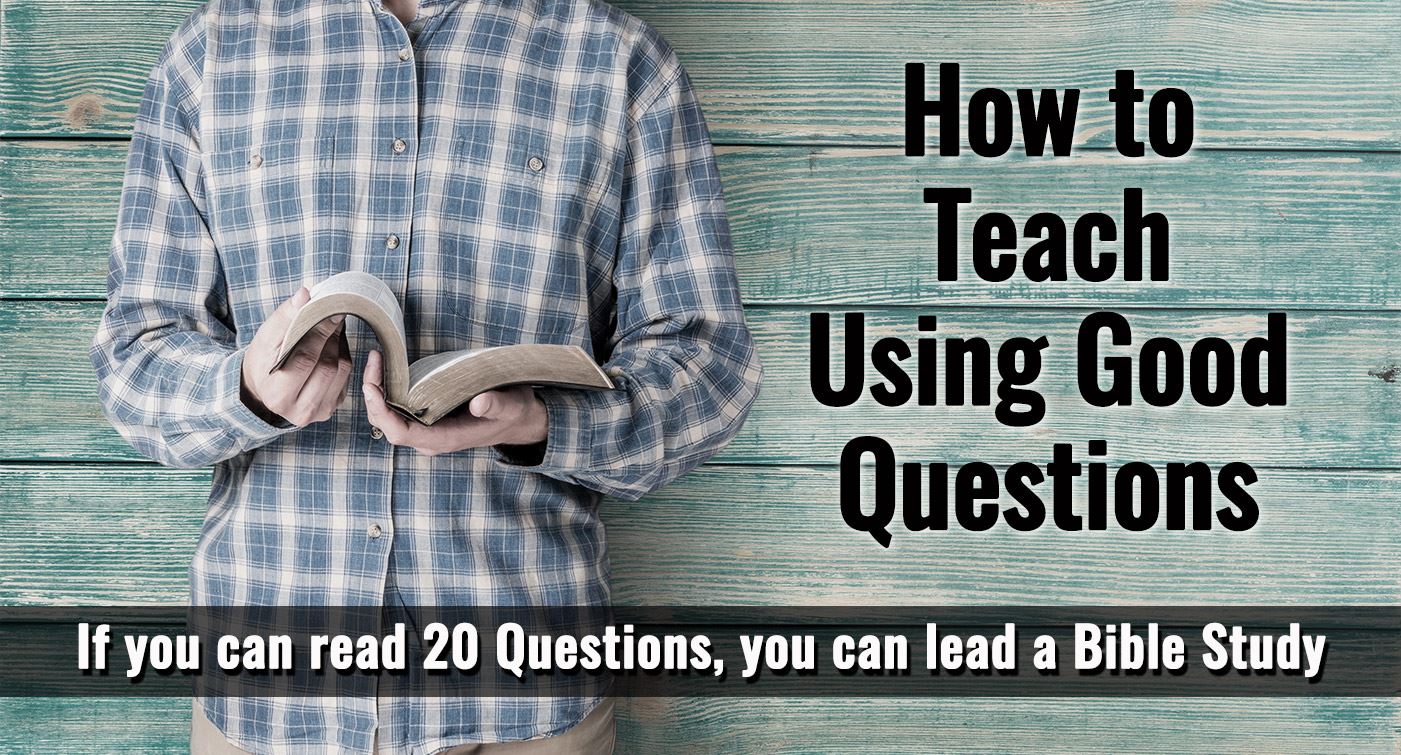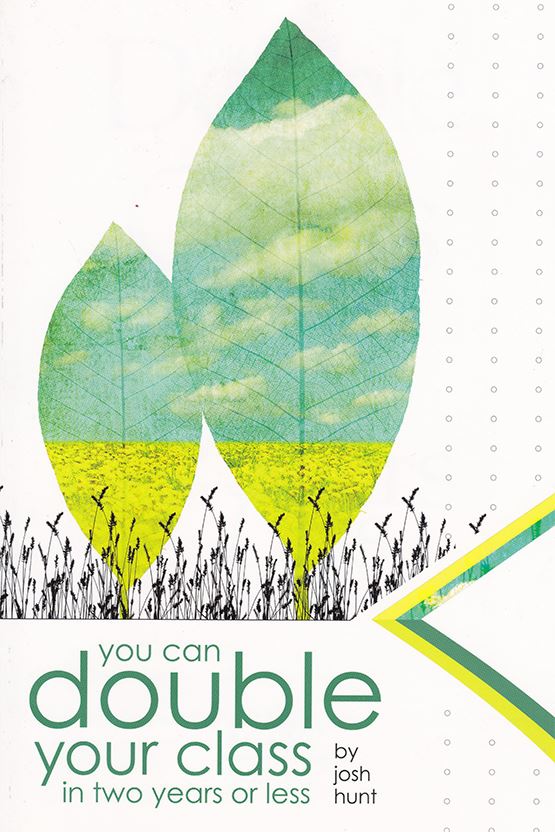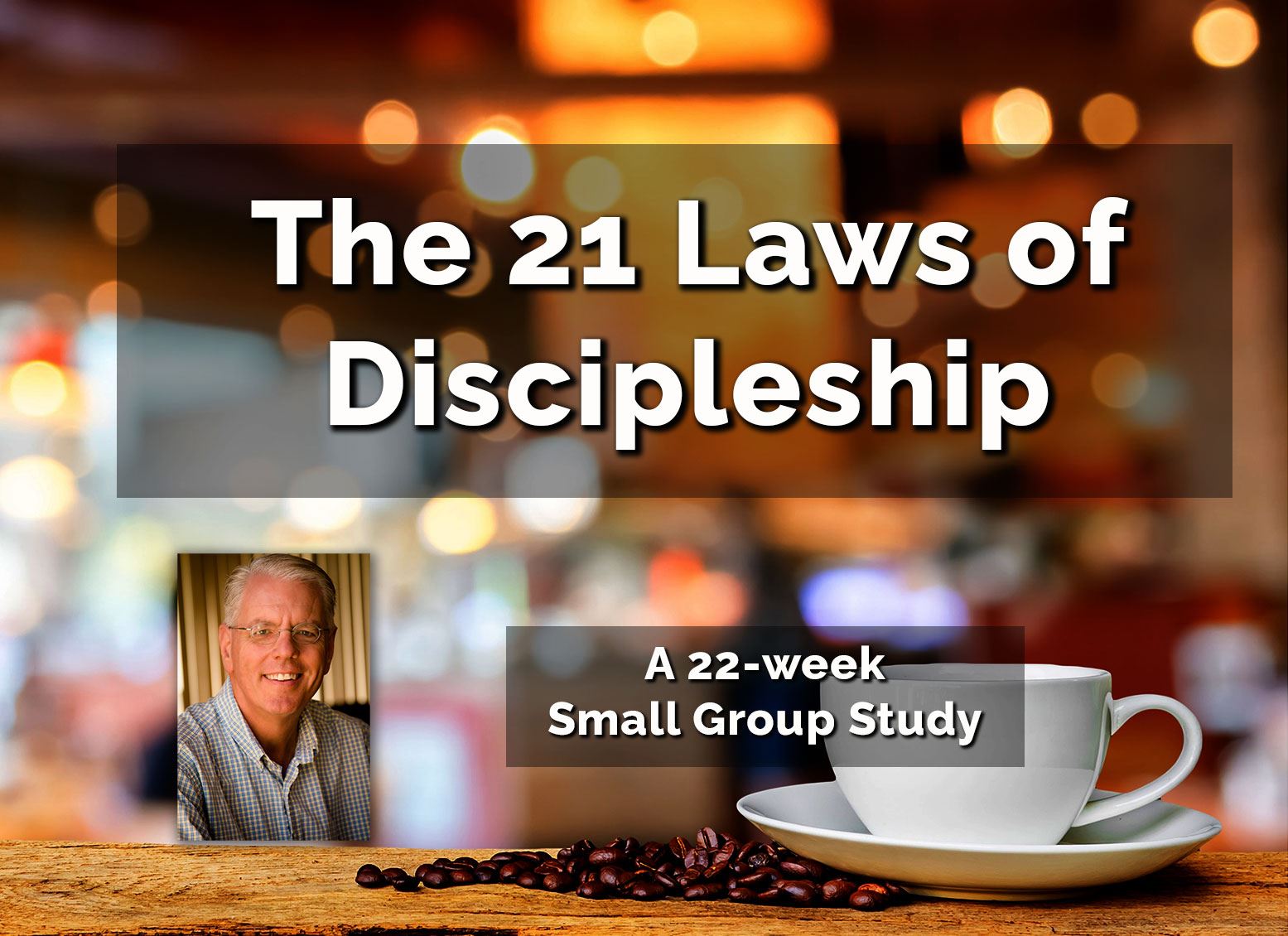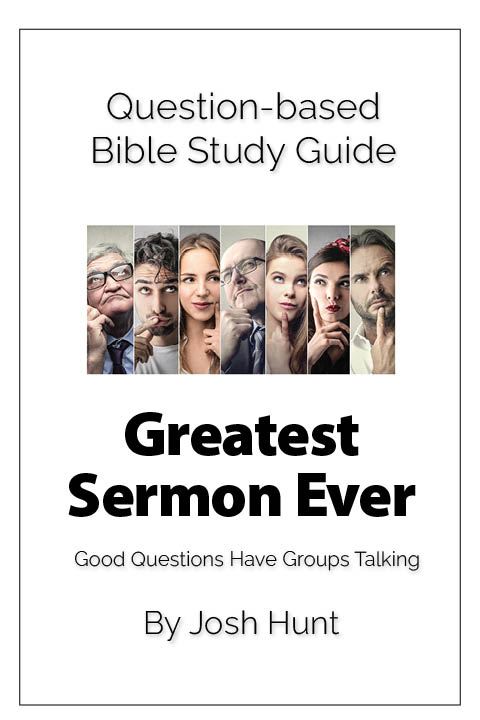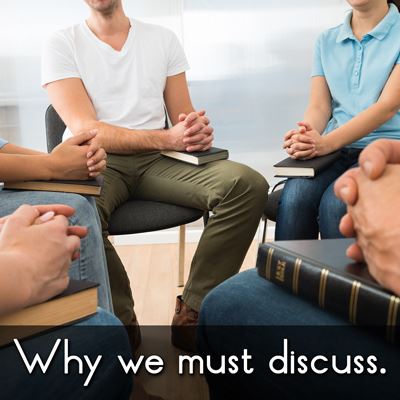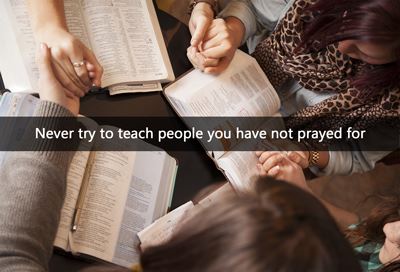Throughout the whole biblical period and well into the Middle Ages, weddings were arranged by the families concerned without any reference to professional religious people, such as priests, or to any official institutions. They were public and binding affairs, sometimes involving whole villages, but did not have the formal civic or legal status that marriages have today. That is why some Pharisees were able to divorce their wives on the slightest of grounds just by drawing up a document to indicate their desire to be divorced (Matthew 19:3–7). In the first millennium after Christ weddings continued to be arranged in much the same way. It was only to overcome certain abuses that during the Middle Ages priests were drawn into weddings, and later still that church legislation was passed requiring people to marry in a church building. The earliest portrayals we have of marriages in the Bible provide little in the way of specific detail about wedding ceremonies. While some have tried to find the trace of an ancient liturgical blessing in God’s words to the first couple to “be fruitful and multiply” (Genesis 1:27–28 RSV), this is only a supposition. We do know a few concrete things about biblical weddings. Prior to the wedding came the betrothal; from that time on a couple was regarded as married, not simply engaged. This involved the negotiation of a dowry. For the wedding itself the bride wore a veil and wedding dress. When the Bible mentions wedding finery of rings, jewels and ornaments, this likely refers to marriages of wealthy families. The groom set out for the bride’s house, at which her father pronounced a blessing. Then a procession of friends and neighbors came to the bridegroom’s house, and they celebrated with a feast that could last up to a week or more (Judges 14:12). It was this procession that was the actual wedding ceremony. Though not too much weight should be placed on it, the first time marriage is referred to specifically as a covenant occurs in the last book of the Old Testament (Malachi 2:14). A marriage license is mentioned for the first time only in the later inter-testamental book of Tobit. A similar pattern for weddings lies behind several New Testament accounts. In passages like Matthew 25:1–12 their festive character (with loud acclamations), the scale on which they could be celebrated (ten attendants) and the flexible time frame for the occasion (no one is quite sure when the ceremonies will begin) also come through. As is often the case with proposals of marriage today, the date of weddings at this time appears to have been set by the groom and his family, and sometimes came as a surprise to the bride and her maids. Later Jewish writings, such as the Mishnah and the Talmud, prescribed other elements that might reflect earlier practice, such as the father’s giving away of the bride. This was probably based on daughters’ being the property of their father. Robert Banks and Julie Banks, “Weddings,” in The Complete Book of Everyday Christianity: An A to Z Guide to Following Christ in Every Aspect of Life (InterVarsity Press, 1997), 1111–1112. 21 Laws of Discipleship -- the book -- |









